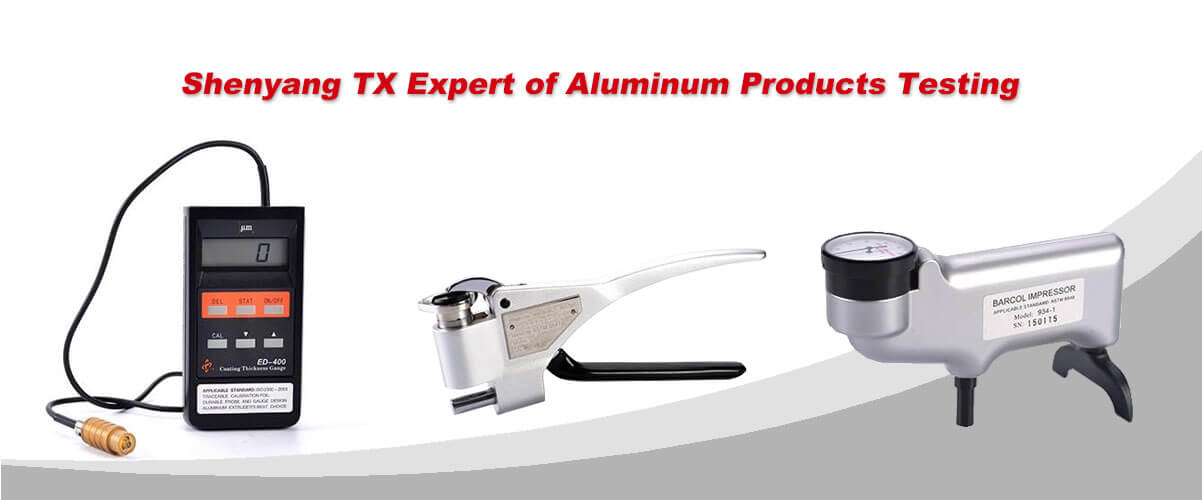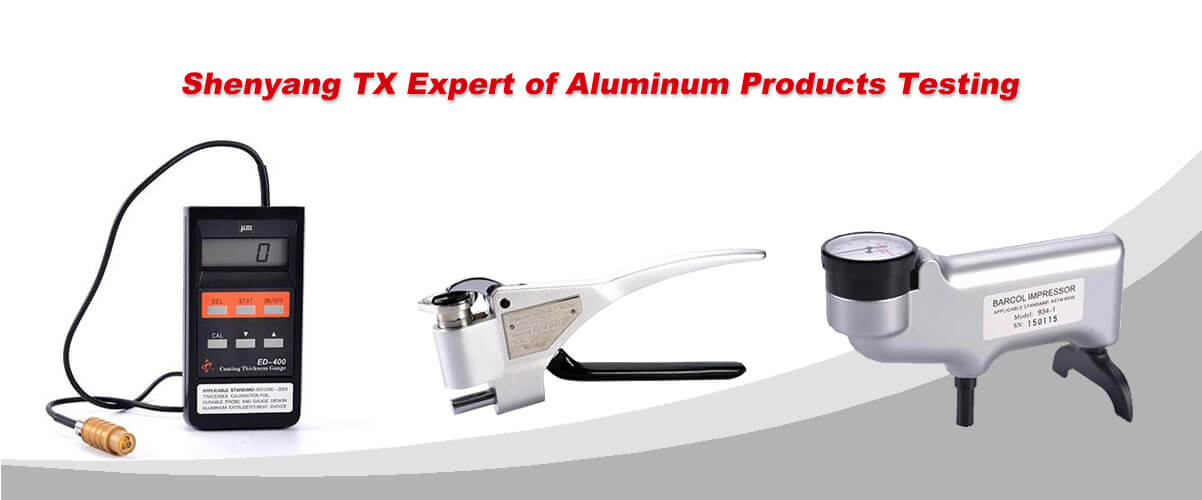A coating is applied to a metallic substrate to prevent corrosion, reduce abrasion or reduce product contamination, or all three. The degree of coating continuity required is dictated by service conditions. Discontinuities in a coating are frequently very minute and not readily visible. This practice provides a procedure for electrical detection of minute discontinuities in nonconductive coating systems.
Electrical testing to determine the presence and number of discontinuities in a coating film is performed on a nonconductive coating applied to an electrically conductive surface. The allowable number of discontinuities should be determined prior to conducting this test since the acceptable quantity of discontinuities will vary depending on coating film thickness, design, and service conditions.
The low voltage wet sponge test equipment is generally used for determining the existence of discontinuities in coating films having a total thickness of 0.5 mm (20 mil) or less. High voltage spark test equipment is generally used for determining the existences of discontinuities in coating films having a total thickness of greater than 0.5 mm (20 mil).
Coatings that are applied at a thickness of less than 0.5 mm (20 mil) may be susceptible to damage if tested with high voltage spark testing equipment. Consult the coating manufacturer for proper test equipment and inspection voltages.







